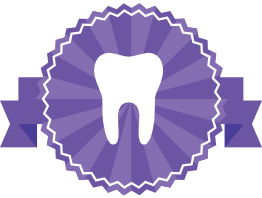
Chances are you don’t have oral cancer. But wouldn’t it be nice to be sure?
Oral Cancer Facts:
- Oral Cancer kills one North American every hour of every day.
- Oral Cancer strikes more victims than cervical and lung cancer combined.
- 2/3 of Oral Cancer cases are detected in advanced/ late stages.
- Advanced/Late Stage Oral Cancer has a 5-year survival rate of 22%.
- Early Detection of Oral Cancer has a 5-year survival rate of 80% – 90%.
- Tobacco and Alcohol are High Risk Factors.
- Studies have linked Oral Cancer to the human papilloma virus (HPV-16) via oral sex.
- 25% of Oral Cancer victims have never been exposed to alcohol or tobacco.
- Before VELscope, only 35% of Oral Cancer cases were diagnosed in early stages.
- Pre-malignant changes actually start below the surface, at the basement membrane. These changes may not be apparent to the naked eye until the disease progresses to the surface.
Our Oral Cancer Screening:
- Takes about 5 minutes.
- Features a traditional visual and palpation examination, plus a screening with the state-of-the-art VELscope Oral Cancer Screening System.
- Non-invasive and completely free of pain or discomfort.
- With the VELscope system, abnormal tissue typically appears as an irregular, dark area that stands out against the otherwise normal, green fluorescence pattern of surrounding healthy tissue. Thus VELscope enables us to discover abnormal tissue as early as possible.
- Any suspect area is then referred to an Oral Surgeon for biopsy and diagnosis.
Oral Cancer Symptoms May Include:
- A sore that doesn’t heal within 2 weeks or increases in size.
- Persistent pain in your mouth.
- Any increased swelling of hard or soft tissues.
- White, red or dark patches inside your mouth.
- Difficulty in swallowing or moving your tongue or jaw.
- Numbness, soreness, looseness or pain around your teeth.
- Changes in your voice, teeth or bad breath.
It is highly unlikely that you have oral cancer but for Peace of Mind, schedule your VELscope enhanced oral exam today!
The VELscope enhanced oral exam can help detect many different kinds of oral lesions, not just precancerous or cancerous ones. This new technology helps to look for possible problems beneath the surface of soft tissue in the same way X-rays check for hidden problems in teeth.


